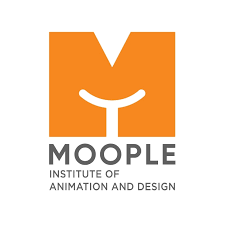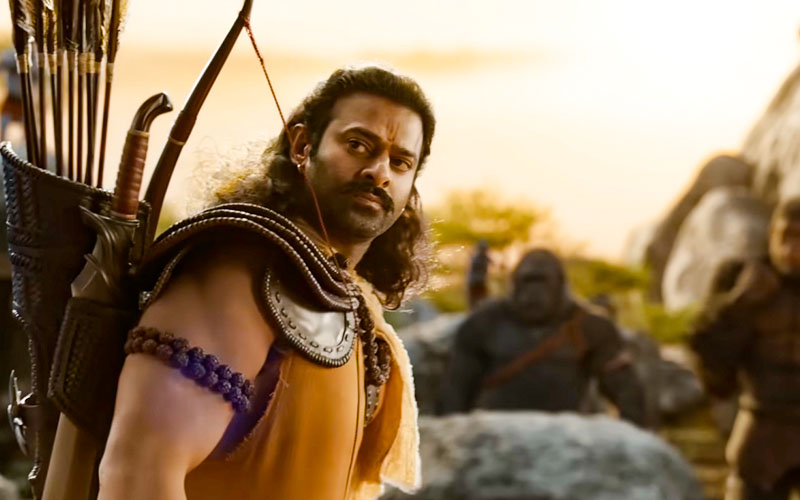Table of Contents
# But did you know, these are actually quite different in nature?
# Understand the use of Chroma Key in Blue and Green Screens
The thing about living in a generation where media and information is at one’s disposal, there is ample scope for people to see the behind-the-scenes of films. Audiences now have access to the bts of their favorite movies. Yet, you don’t need to be a skilled filmmaker to take advantage of a blue or green screen. Placing anything quite as simple as a green or blue layer in the backdrops of a clip provides you with the ability to add stunning VFX during the post-production phase by using a method called chroma key compositing, regardless of whether you’re an amateur filming a short in your backyard or a YouTuber making a tutorial video. It is no secret that blue screens and green screens are used to shoot sequences which cannot be shot with a raw camera lens. In short, major action scenes, fire, supernatural elements, crowds or even flying are done with these tricks only.
But did you know, these are actually quite different in nature?
Understand the use of Chroma Key in Blue and Green Screens
Chroma keying is the process of focusing on and totally removing a single colour that stands out from everything else in the image. It is occasionally green because it provides the finest separation. But we now have the ability to focus on any shade of any colour with video editing technology.
Because they contrast with most human skin tones, hair hues, and clothing, blue or green backdrops are common for filming. For this reason, it’s crucial to ensure that none of your performers are dressed in anything that contrasts with the colour of the screen behind them. This is because everything that has the same colour as the background of the screen gets keyed out and removed during the chroma key process. The best VFX courses teach you how to utilise them.
Factors Making the Color Selection Difference
The specifics of your shot will determine whether you employ a blue or green screen.
- Luminance, or how much light a colour reflects, is one important consideration. A green screen is a better option for daytime settings when you want your images to look bright and well-lit because it has a higher brightness than a blue one. Nonetheless, a blue screen can come in helpful in situations where less lighting is required. VFX courses delve deeper in these technicalities.
- You should use a blue screen if you’re trying to combine around a performer in a night scene. There will be less colour spill to contend with in post-production because it is darker and will reflect less light back on them.
- Use a blue background if the situation you’re shooting really demands that a character wear green, and vice versa. But, even colours that don’t complement the background can be problematic. On a green screen, blonde hair can be challenging to key out due to the way light is reflected through it. It almost appears translucent, and a colour spill occurs. You get a much sharper contrast with blonde on a blue screen.
- When filming with a blue or green screen outside, the colours of your surroundings should be just as important to consider as the colours of your actors’ clothes. You should use a blue screen if grass will be visible in your shot when you’re shooting.
- Due to the decreased luminance of blue screens, there is less likelihood of colour leakage around the edges of your performers. Use a blue screen to assure there will be considerably less colour splash when filming a shot where the performer and the chroma key background are near together.
- The ideal backdrop colour used in conjunction with chroma key technology can open up a whole new universe of possibilities for your movie, whether you’re filming a quiet indie character study or a sci-fi blockbuster.
You can join a visual effects course in Kolkata if you want to learn VFX professionally. Industry-experienced mentors will be your faculty and they will help you become experts in the field of VFX. Contact us for a free counseling session.

